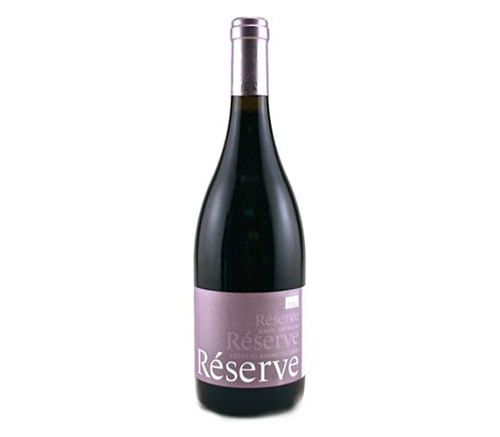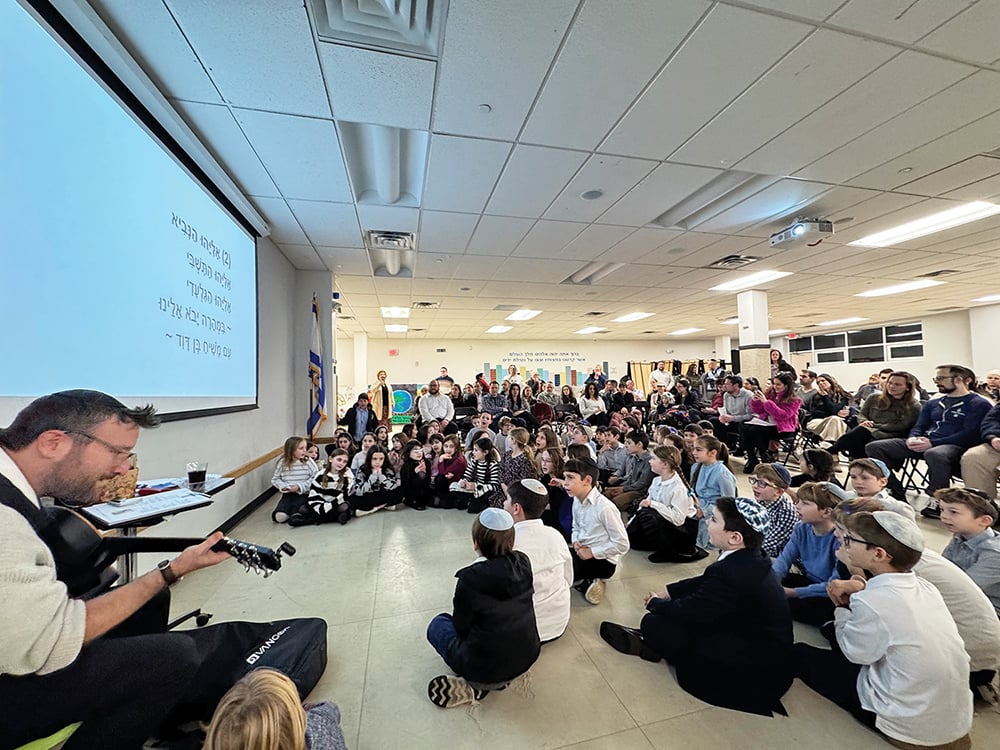



In an effort to better understand the wines in today’s kosher marketplace, we decided to go back to wine’s oldest, still existing physical roots. French wine has, for centuries, been the standard to which other wine has been held. Understanding wines from specific French regions, made in their distinctive styles, can likely help us understand what winemakers are aspiring to in the kosher marketplace. We know that our Israeli winemakers, whom we love to promote, each work in their own specific styles, most often Bordeaux, Rhone or new world, and we felt that organizing our wine tastings from France by region would help us to see the similarities and distinctions. In subsequent tastings, we plan to sample wines from the regions of Bordeaux and Burgundy.
In this tasting, our largest yet in terms of number of bottles, we tasted kosher wines from the Côtes du Rhône region of France, as well as four wines made with Rhone grapes in other regions, three from Israel and one from California. We felt we could recommend three French Rhone red wines and one Israeli wine made in the Rhone style as wines that are currently showing interesting flavors that reflect the region/style best among what we tried. I would add that this tasting was limited in that there is not a vast number of kosher Rhone wines on the market, and those that were not in the tasting were physically not available here. Also, while we generally find it difficult to recommend expensive wines, in this case we were working toward self-education, and we both purchased wine and accepted distributor samples at any price point, not dismissing any wine from the tasting or from our recommendations due to cost.
Rhone wines are made from differing percentages of the region’s three primary grapes—the grenache, syrah and mourvedre (Rhone wines are known as the “GSM” blend). The wines also can contain cinsault, carignan, counoise grapes, though the Israeli-produced Jacques Capsouto wines, which contain some of these smaller varietals, and of which we have heard a great deal, were not available to us for this tasting.
Syrah wines are Rhone varietals so it’s possible your favorite Israeli syrah might qualify as a GSM. The Dalton Alma Scarlett 2014 is a great example of this, and at $20, our team felt we could recommend it highly. A dark ruby, the wine has aromas of cherry, raspberry and spice notes like cloves, with some tannins and flavors of black pepper, cherry and blueberry at the finish. The wine is a blend of 52 percent syrah, 32 percent grenache and 16 percent mourvedre, and it was aged in French oak for 12 months. It’s no surprise that we later learned that the 2013 version achieved a 92 score from Wine Enthusiast.
The Vignobles Oz Reserve 2014 was the favorite wine of the evening for two of our tasters, Brooke and Daphna, and scored well overall. The varietal mix was 40 percent syrah, 35 percent grenache and 25 percent mourvedre, so there was a significant nod here toward a balance among each of the three GSM grapes. The wine’s aroma was of blackberries, black plum and spice, and its aging in French oak was obvious, but with a shorter finish that was consistent with this as a lighter-bodied, easy drinking wine. “I could drink this wine all evening,” said Brooke.
Unfortunately, I can’t find any additional bottles of the 2014 wine for sale at this time, though the 2016 is available for around $22. We thank Allied Importers for providing us with the bottle and we recommend that everyone look for later releases of wine from this producer.
Also enjoyed by our tasters was the Domaine Pradelle Crozes-Hermitage 2015. This was the only 100 percent syrah in our tasting, and caused a bit of a controversy in terms of whether it was a true GSM. But who are we to judge? Deep purple and medium-bodied, this wine showed very light tannins, great structure and medium acidity. Aromas and flavors of ripe black currants, savory notes like black olives, blackberries, cloves and pepper contribute to a more sustained finish than the other wines in the tasting. This wine can be found at FillerUp for around $27. Online, the winemakers recommended not letting this wine sit too far past 2018, so drink up now, if you can get it. Thanks to Royal Wines’ Gabe Geller for providing this wine for our tasting,
What we found distinct about the French Rhones we enjoyed versus their Israeli and American counterparts was that there was a clear role of restraint in terms of the fruit and alcohol content, in the French wines, while the “fruit bomb” characteristic was present, for the most part, in the Israel and California bottles. We have discussed the concept before, that the explosion of fruit on the tongue, the seemingly high alcohol content without significant fermentation, lends itself to more cloying sweetness rather than dryness, and it is a New World divergence for wine from the most artisanal varieties that age well. This doesn’t make the wines bad, just different and, well, “New World-ey.” We found this particularly present in the Gush Etzion’s Spring River GSM 2014 ($22), which we are giving an honorable mention, along with Shirah’s Geshem 2014 ($74.99 at FillerUp), which is noteworthy and is the only non-private labeled GSM wine currently available on the market that is kosher and Californian. While it’s pricey, it’s always interesting to see how the Weiss brothers interpret old world varietals. We appreciate the River Wine for supplying Geshem for our tasting.
By Elizabeth Kratz
�













